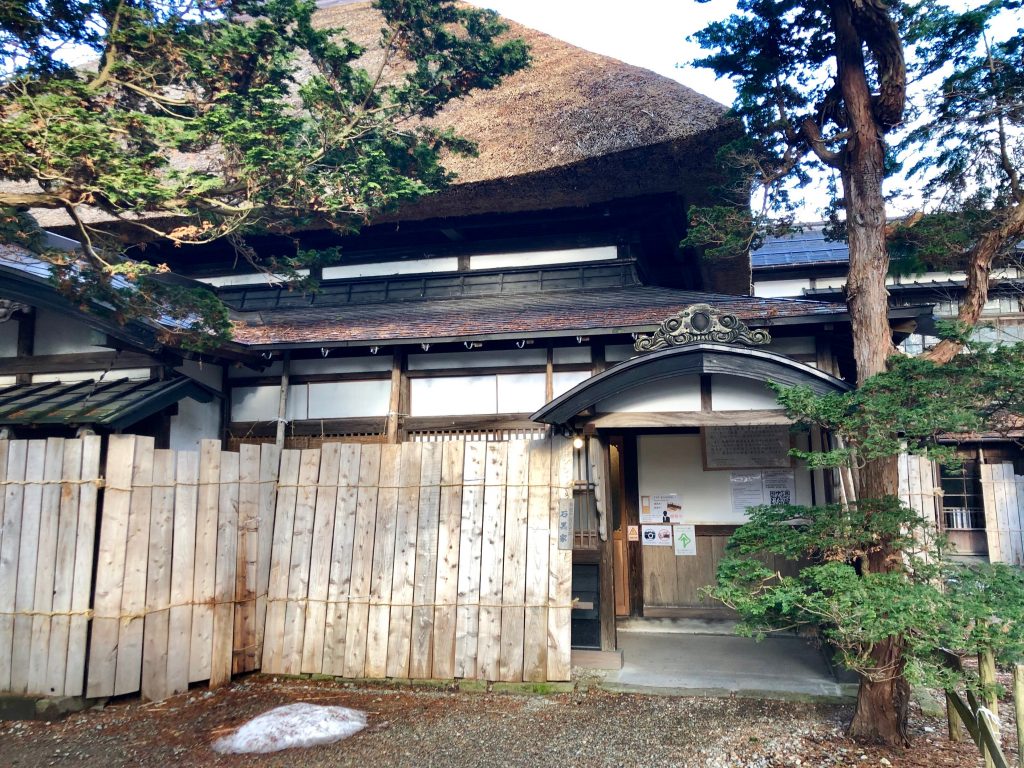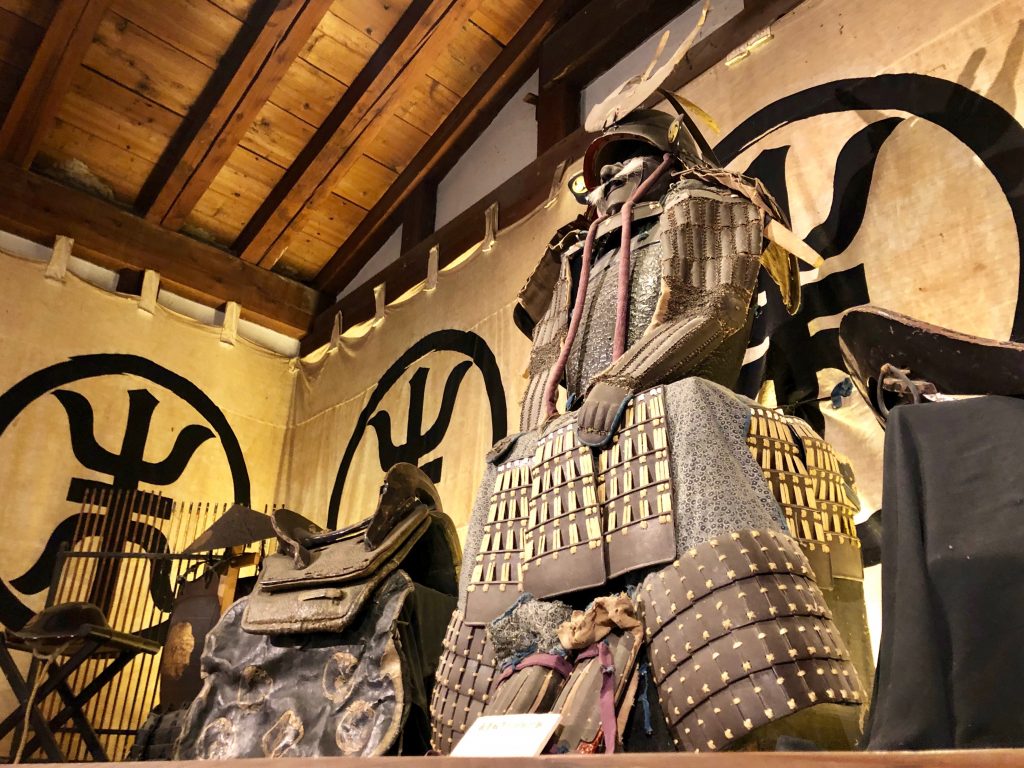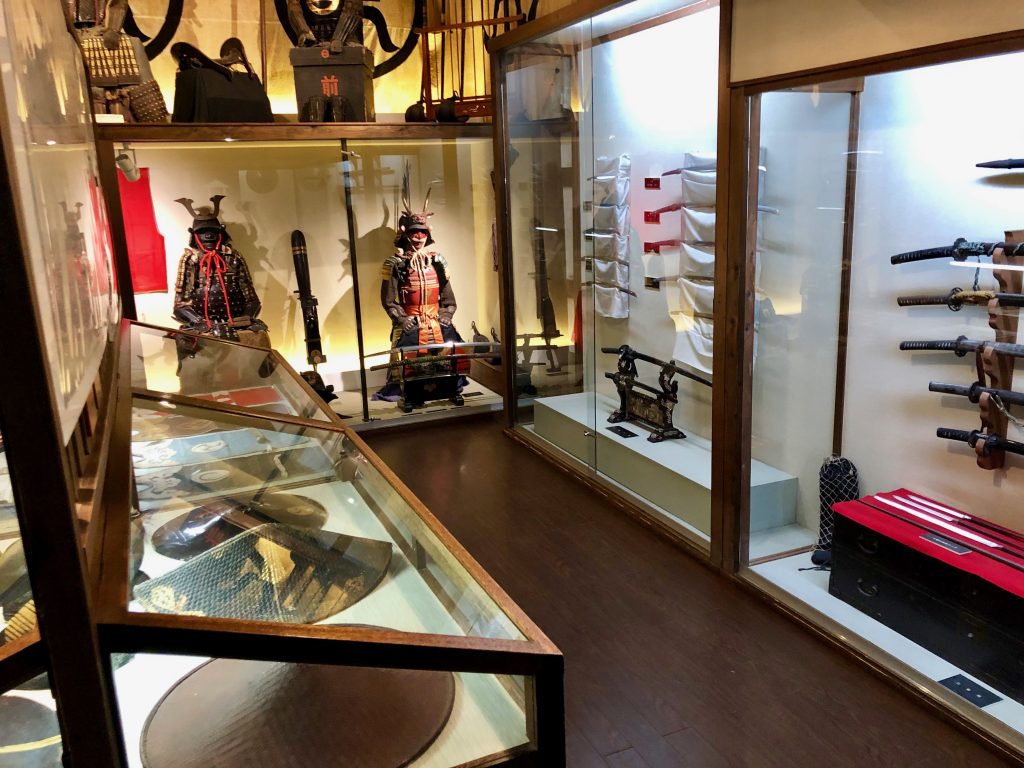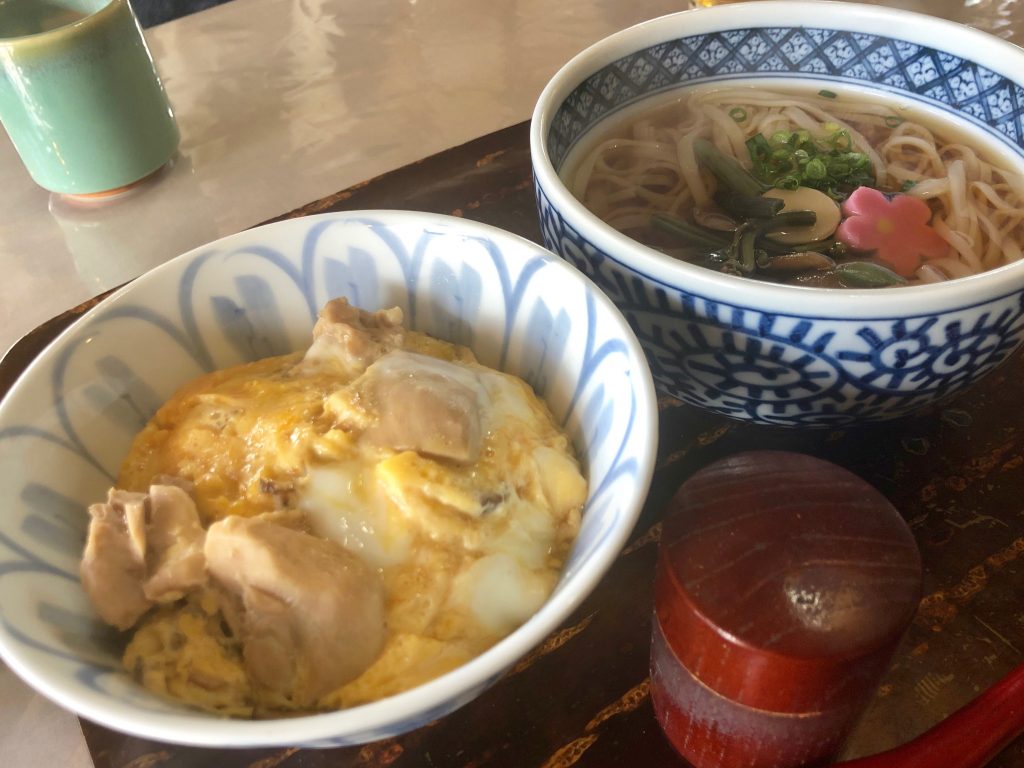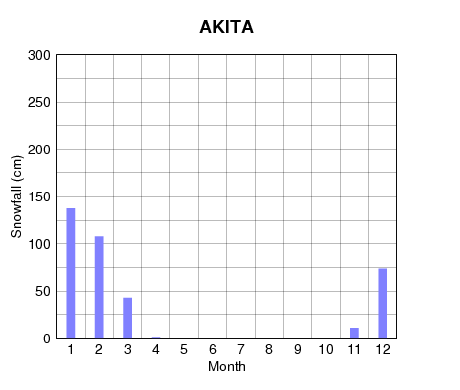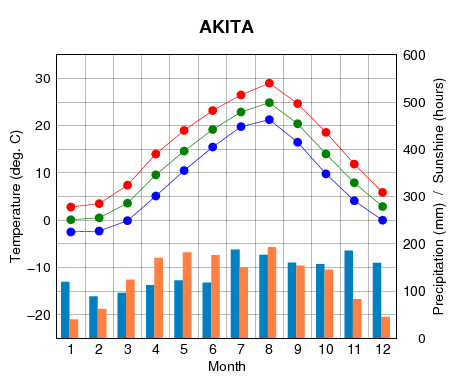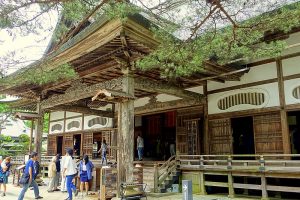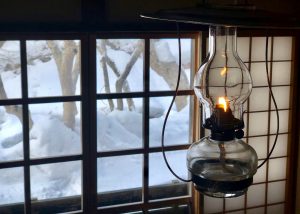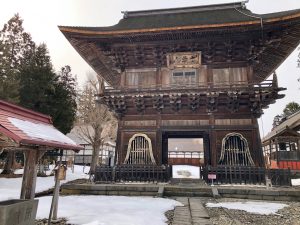Kakunodate Samurai Town
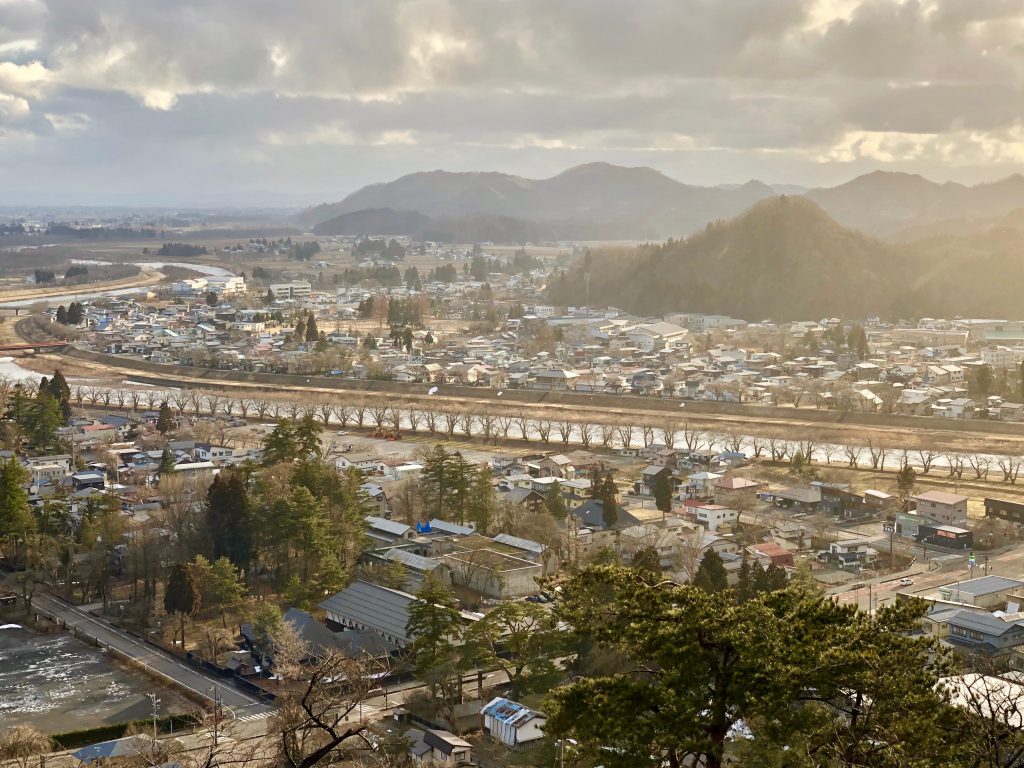
| The Good | The Not-So Good |
| Easy to access | Busy in Spring (Cherry Blossoms) |
| Experience old Japan | Some places closed in Winter |
Kakunodate is a old Samurai town established during the first years of the Edo period and known as “Little Kyoto of Northern Japan” due to the number of stately samurai mansions still preserved today. The large number of Sakura trees that line the nearby river are a main draw for local tourists from all over Japan during the blossoming period in mid-April.



The town is split into two areas historically; the samurai area and the merchant area. The orange road on the map below shows the main samurai areas where all the major preserved houses (the blue house icon) can be found. All these houses can be entered although many are not open during the winter months (opening times are listed here).
The merchant area is towards the station with the Nishinomiya House, a large complex of period shops, being the main attraction. There are numerous temples and shrines dotted about the town and the “ruins” of the former castle on a hill top to the north, with great views of the entire town, especially during the cherry blossom seasons. There are no actual ruins so don’t go there expecting a castle; it’s just a hill. The view is fantastic towards the end of the day although you will need a bit of stamina to get to the top in one go.
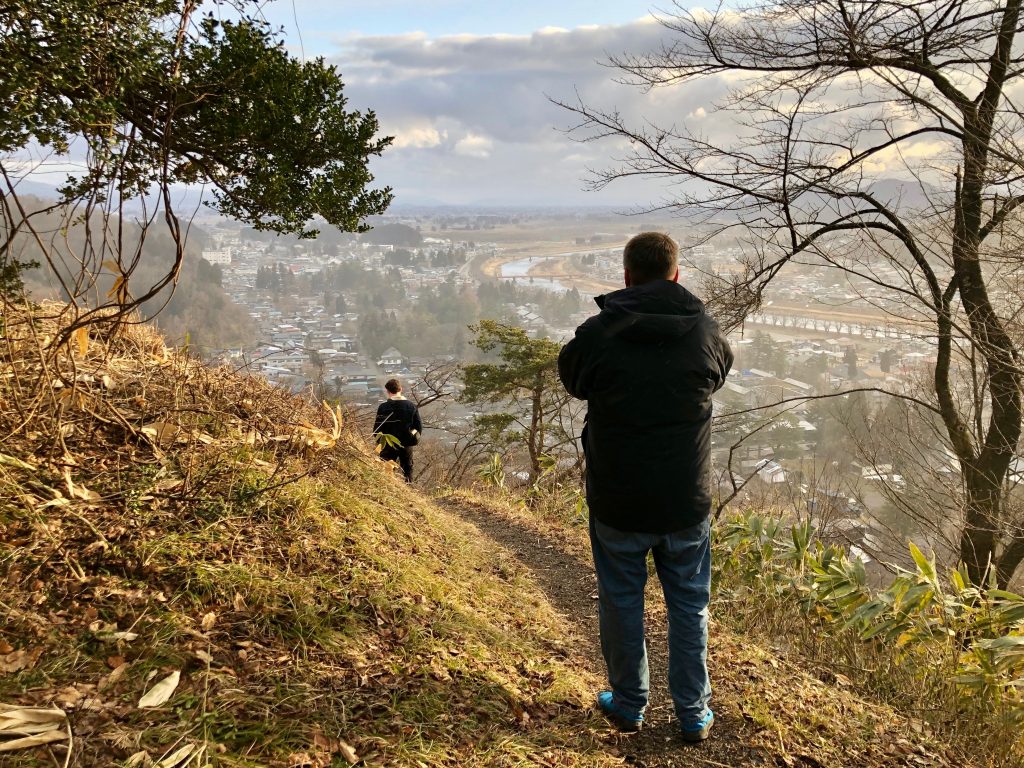
Former Samurai Residences Museums
There are 6 former residences, two of which are open to the public all year round and offer a more museum like experience. Aoyagi House and Ishiguro House are both open all year round with a small entrance fee.
Aoyagi House is the largest complex with several buildings and displays. Ishiguro House is much smaller, with a 5 minute talk provided by the staff once you enter (English available) after which you can walk around the back side of the house where there are a few displays. It may not be worth the ¥400 entrance fee if you have already looked around the other houses and especially Aoyagi House.
The other 4 residences are free however check opening times first.
As is the case anywhere mountainous in Japan, there are hot springs to enjoy, the most notable being Kayoukan, a short ride by car west of the town. The area is not famous for hot springs so if you are saving money, spend it on a better place elsewhere.
Access to Kakunodate Town
The town is a short walk from the JR line station served by the Bullet Train direct from Tokyo Station or Akita Station. The northern route Bullet Train is valid with the JR pass and all seats must be booked in advance (there is no free seating like with the eastern route to Osaka and beyond).
Your best plan of action will be to arrive in the morning and walk around the town during the day, stopping off for lunch. “When Japan” recommends Inaho, which is a good quality Japanese restaurant with a rural feel and English menus.
After lunch most of the afternoon can be spent walking around the town. By 5pm all the residences will be closed so you can trek up to the castle hill to the north of the town and watch the sunset. Head to exactly the place below and you will find a path upwards to a lookout point on the top of the hill. Google maps doesn’t give you directions.
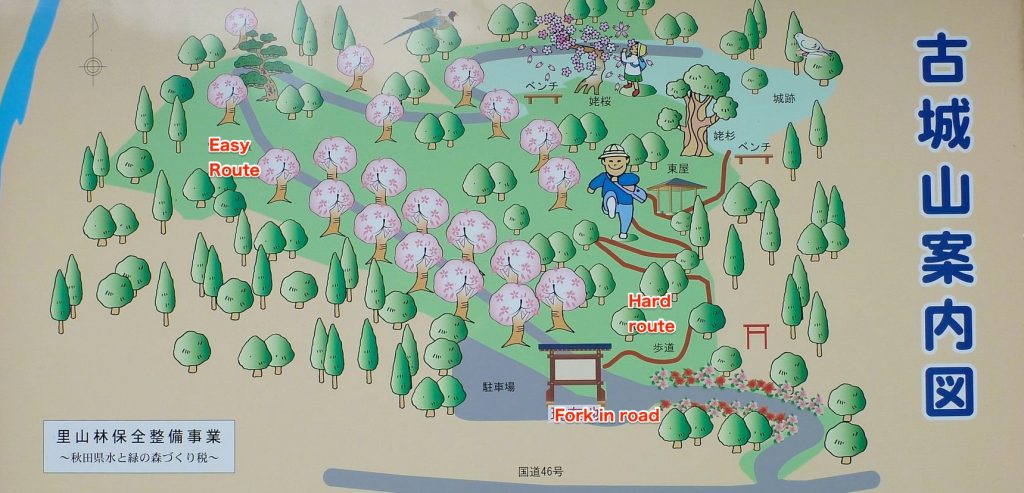
There is plenty of other things to do in Kakunodate; see the list here on the local government site. You might get a bit bored with old buildings after a while so it would be best to select things specifically and take your time.
Preparing for Akita weather
Further north than Tokyo the summers in Akita are cooler but the winters are much harsher. Expect snow on the ground and sub-zero temperatures from December until early March and pack ready to walk in the snow.
Relevant Links
https://www.city.semboku.akita.jp/en/sightseeing/spot/07.html
http://www.samuraiworld.com/english/
http://nishinomiyake.jp/nishinomiyake.html
https://tazawako-kakunodate.com/pages/for-travelagency/
https://www.data.jma.go.jp/gmd/cpd/longfcst/en/tourist/file/Tohoku.html
